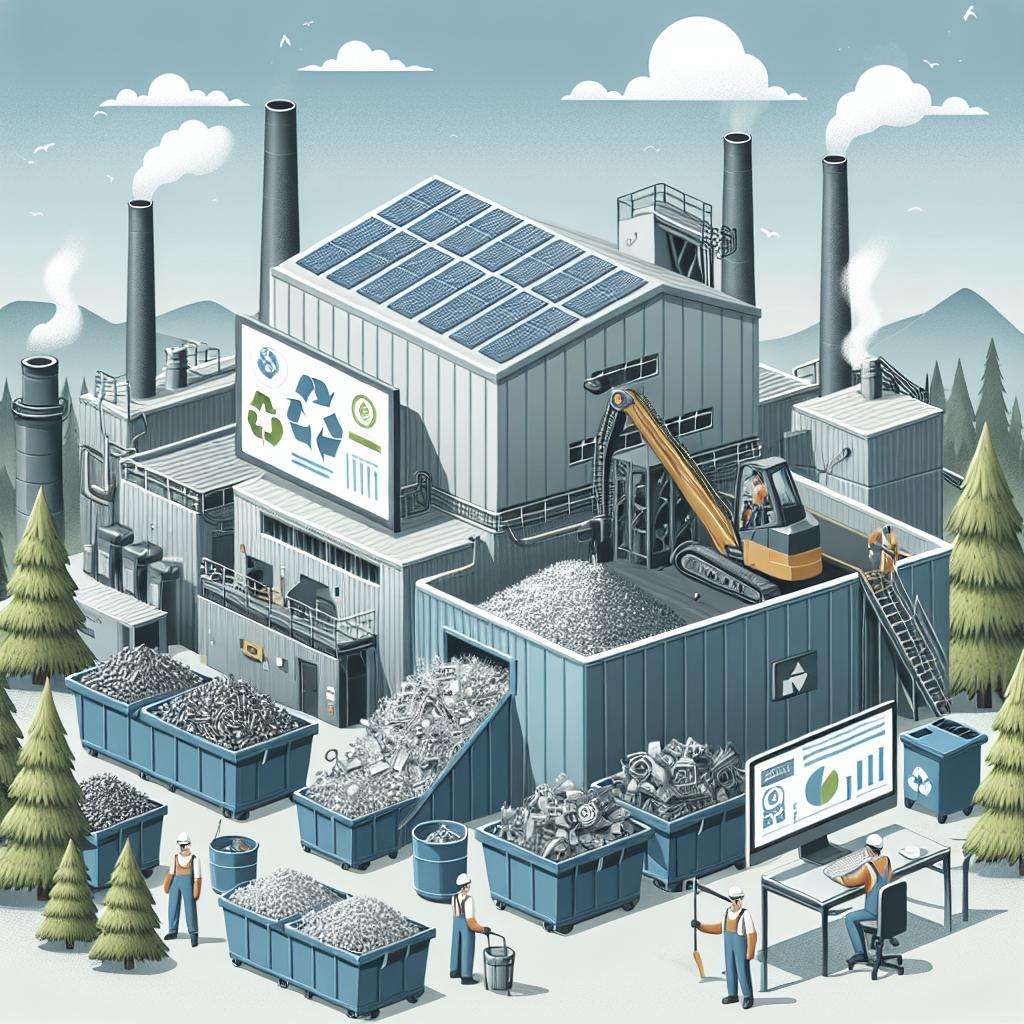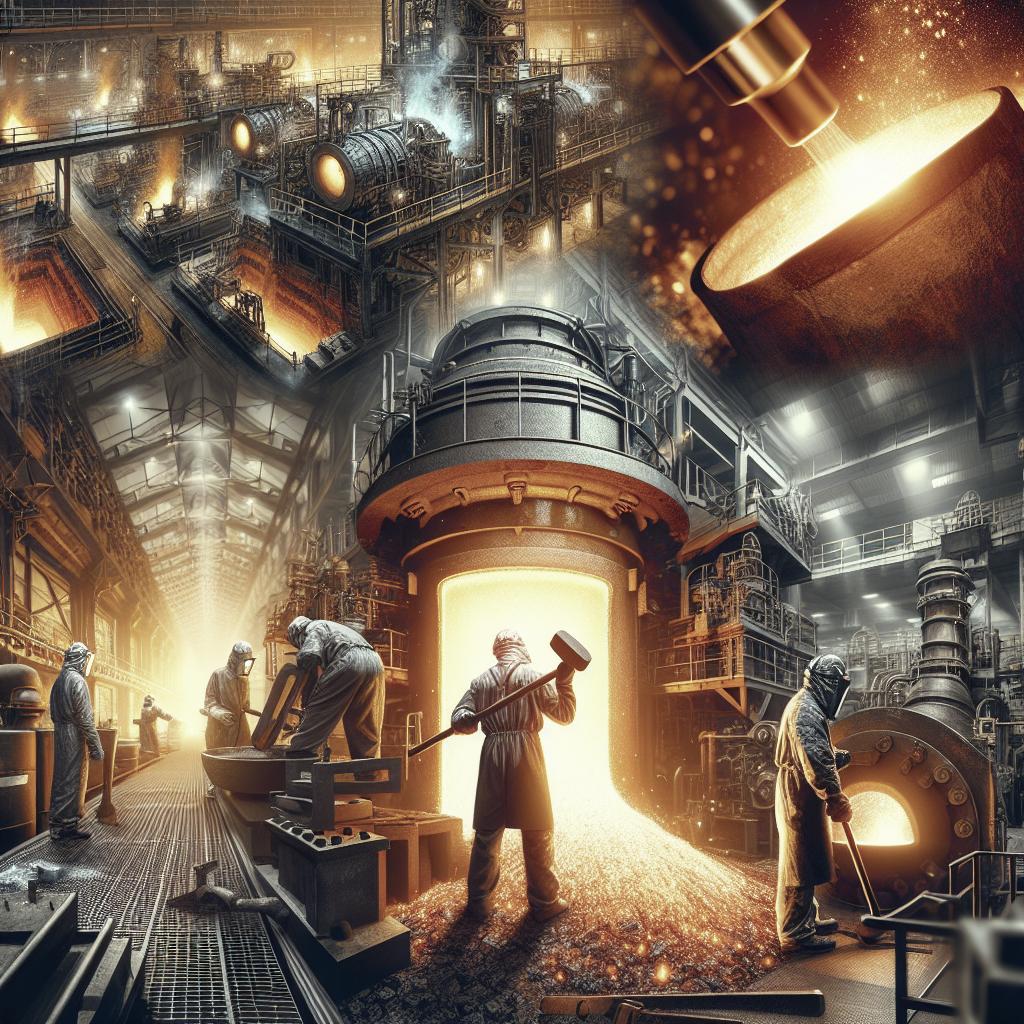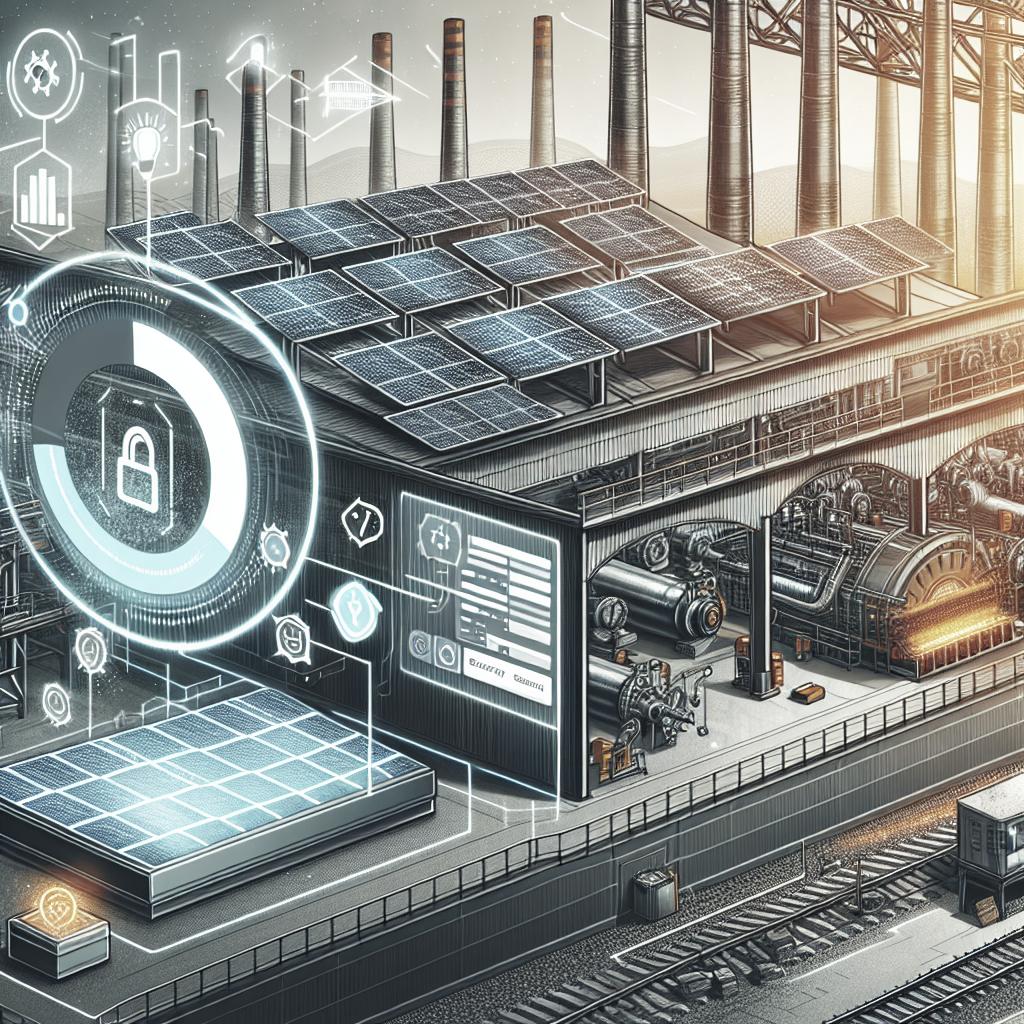<>
The industrial sector’s role in global greenhouse gas emissions is immense, with metal production standing as a significant contributor. Among various metals, steel production is one of the largest culprits, emitting millions of tons of carbon dioxide annually. However, the landscape of metal production is changing as new technologies and strategies emerge to reduce emissions. Emerging efforts focus on innovative materials, processes, and waste-reducing techniques to enhance sustainability. Furthermore, clean energy integration is vital for driving change within the industry. This article delves into these components, exploring the complexities and advancements in reducing emissions in metal production. Let’s examine the transformation efforts being made, the future potential of clean energy, and how technological advances are remolding the sector.
Cleaning up steel production
Steel production, responsible for approximately 7% of global CO2 emissions, represents one of the most significant challenges in reducing industrial emissions. Traditional methods, such as coke-fueled blast furnaces, are notorious for their high carbon footprint. Transitioning away from these methods is critical for achieving substantial reductions in emissions. One promising approach is the adoption of hydrogen-based direct reduction (H-DR). By using hydrogen instead of carbon to reduce iron ore, this technology significantly decreases CO2 emissions, producing water as a byproduct. Key players like SSAB, LKAB, and Vattenfall have collaborated on initiatives such as HYBRIT (Hydrogen Breakthrough Ironmaking Technology), aiming to establish fossil-free steelmaking by 2026. Another avenue is the utilization of electric arc furnaces (EAF), which can melt scrap steel using electricity instead of coal. When powered by renewable energy, EAFs further minimize overall emissions. Other efforts focus on enhancing material efficiency and recycling. Improved scrap collection, sorting, and processing not only conserve resources but also reduce the energy required for steel production. By maximizing the use of recycled materials, the industry can tap into more sustainable practices, easing the environmental impact and preserving natural resources.
Emerging efforts
Adopting new materials and alternative methods is another crucial step. Advanced high-strength steels (AHSS), for instance, offer better performance by enabling lighter, stronger structures in applications such as automotive and construction. Lightweight materials lead to substantial energy savings and decreased emissions over a product’s lifecycle, positively impacting overall sustainability. Carbon capture, utilization, and storage (CCUS) technologies also show promise in mitigating emissions. By capturing CO2 before it reaches the atmosphere, these technologies can store or repurpose captured carbon for various industrial applications. ArcelorMittal, a leading steel producer, has invested in CCUS projects to curtail emissions in its facilities. Additionally, developing process efficiencies and waste heat recovery can greatly influence emission reductions. Employing high-efficiency furnaces, optimizing process parameters, and utilizing waste heat to generate power or preheat raw materials are some practical measures. By minimizing energy wastage, companies can operate more sustainably and cost-effectively.
Clean energy needed
Renewable energy integration into metal production processes is indispensable for achieving a low-emission future. Solar, wind, and hydropower can bear much of the energy demand, particularly for electricity-intensive processes like electric arc furnaces. Ensuring a steady supply of green energy is paramount for the sector’s transition. For instance, direct reduction ironmaking plants powered by green hydrogen exemplify the marriage of clean energy and innovative technology, drastically reducing the carbon footprint. These systems highlight how clean energy and technological solutions can work synergistically to reshape the industry’s environmental impact. Furthermore, long-term energy storage solutions, such as advanced batteries or hydrogen storage, are crucial for stabilizing renewable energy integration. By addressing the intermittency of renewable sources, these solutions can provide consistent power, ensuring that metal production does not face energy shortages or disruptions.
Keep up with the innovative tech transforming business
The rapid advancement of technologies like big data, artificial intelligence (AI), and Industry 4.0 plays an essential role in transforming metal production. AI-driven analytics can optimize production through predictive maintenance, reducing downtime and enhancing efficiency. By leveraging data, companies can implement strategies that minimize emissions and waste. Moreover, blockchain technology offers a transparent and immutable record of the supply chain, ensuring responsible sourcing and reducing the environmental impact. Tracking and verifying the origin of raw materials allows businesses to maintain high sustainability standards and foster trust with consumers. Collaborations between industry leaders, startups, and research institutions form the bedrock of innovation. By fostering partnerships, sharing insights, and investing in research and development, the metal production industry can accelerate the adoption of revolutionary technologies, ultimately leading to more sustainable practices. ### Summary of main points
| Section | Key Points |
|---|---|
| Cleaning up steel production | – High carbon emissions from traditional steel production methods – Hydrogen-based direct reduction (H-DR) and electric arc furnaces (EAF) as alternatives – Emphasis on material efficiency and recycling |
| Emerging efforts | – Advanced high-strength steels (AHSS) for better performance – Carbon capture, utilization, and storage (CCUS) technologies – Process efficiencies and waste heat recovery |
| Clean energy needed | – Renewable energy integration vital for low-emission metal production – Direct reduction ironmaking plants powered by green hydrogen – Long-term energy storage solutions to address intermittency |
| Innovative tech transforming business | – AI-driven analytics for optimizing production – Blockchain technology for transparent supply chains – Importance of industry collaborations and research investment |


